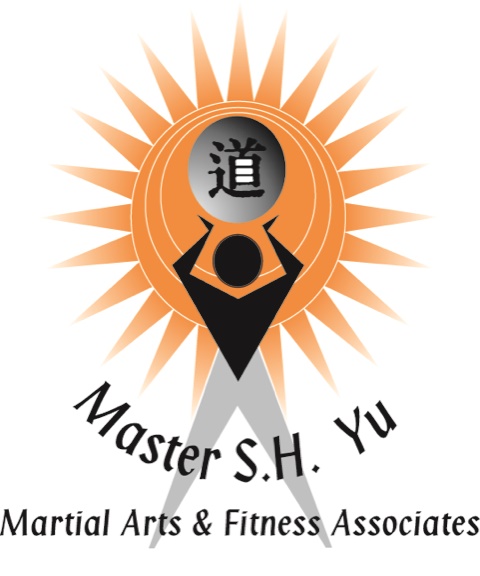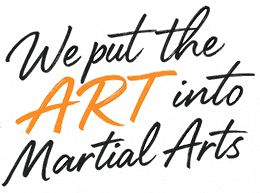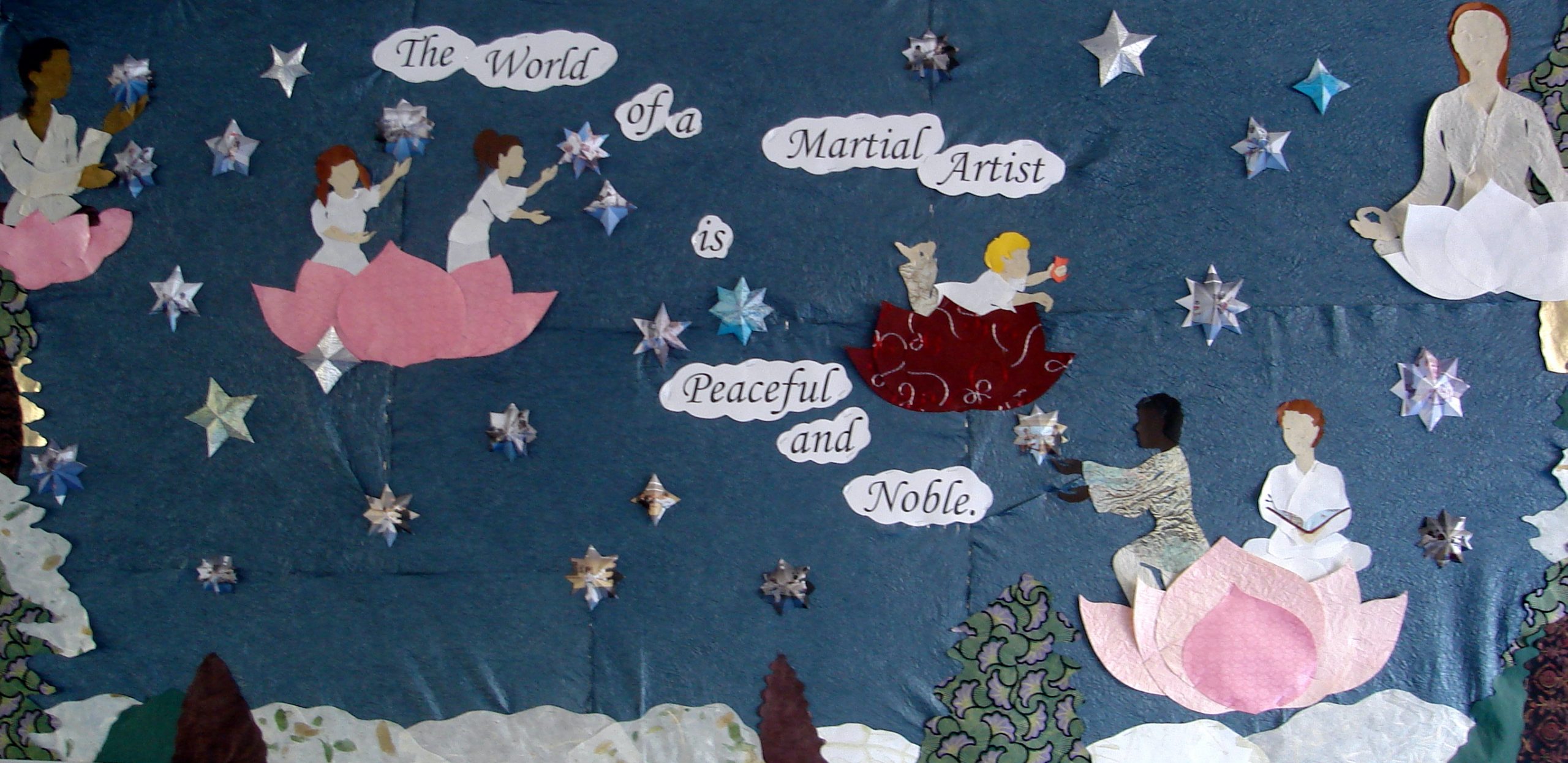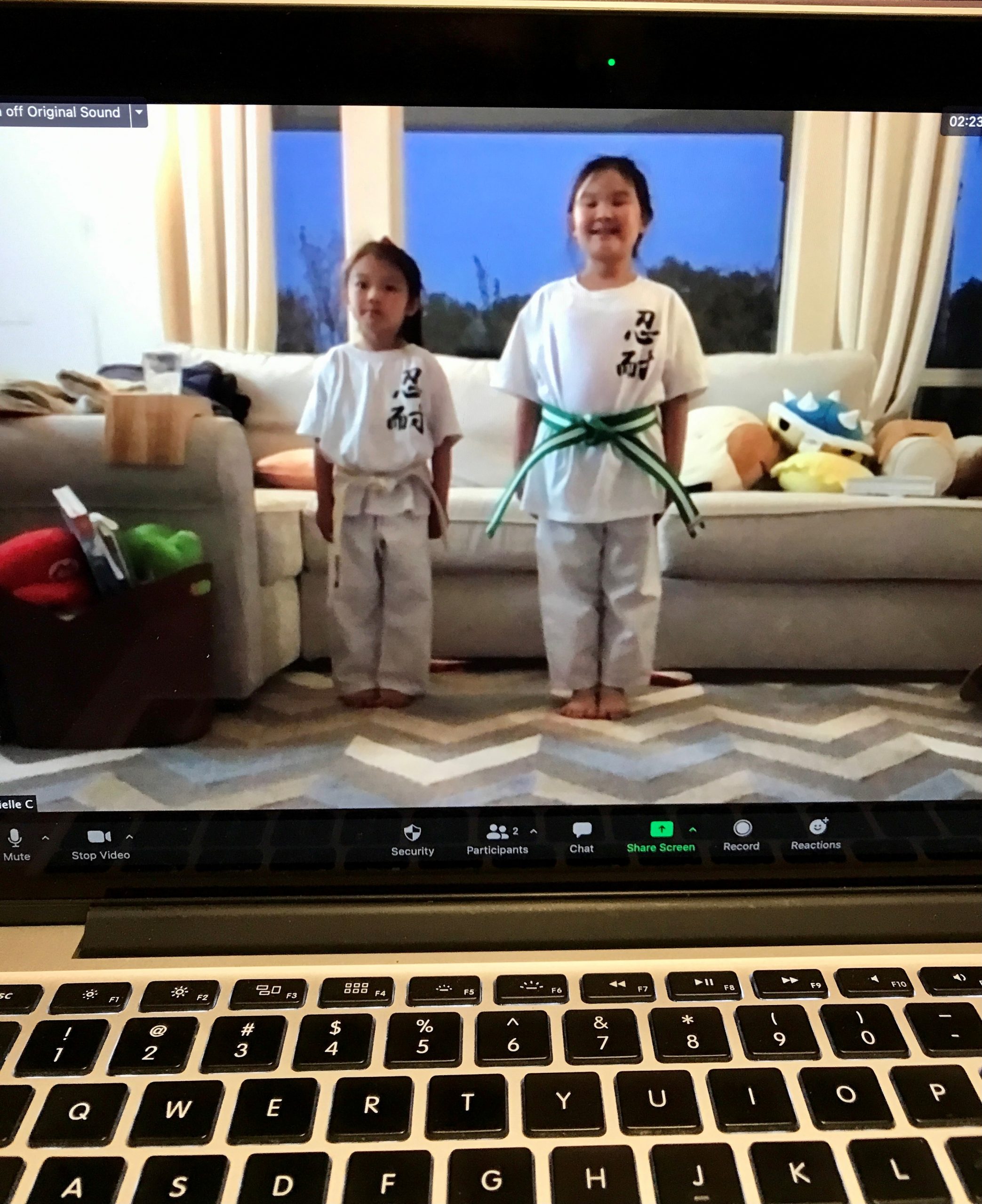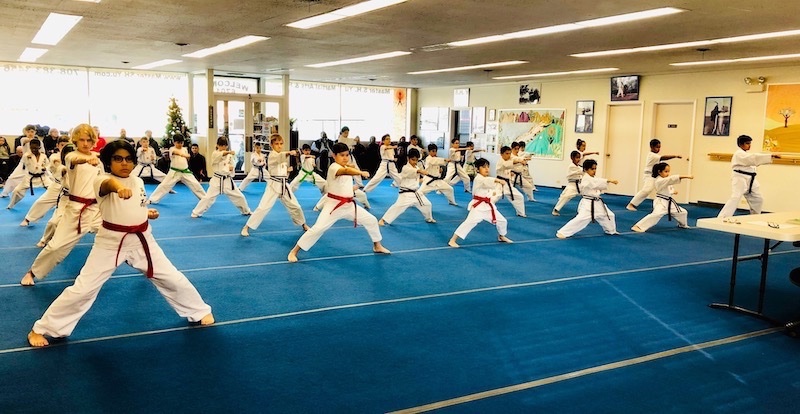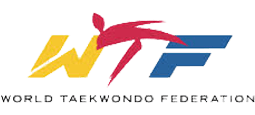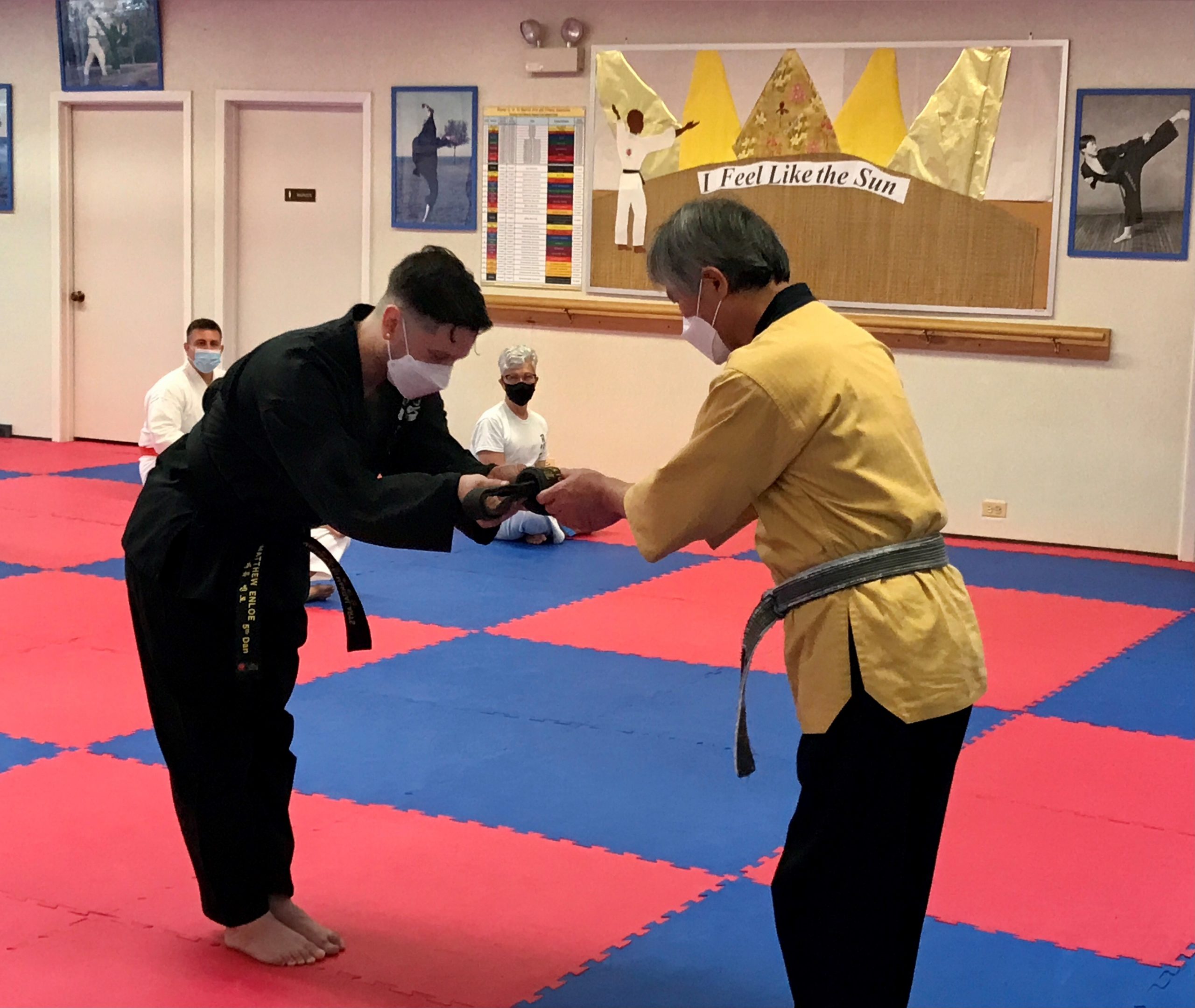
What is the Purpose of Bowing in Martial Arts?
Every move in the martial arts is intentional. Nothing in the practice is done without reason. Martial arts students who strive to understand their chosen discipline should know the purpose behind each activity, including bowing. Here’s a look at why martial artists bow and the etiquette of giving and receiving.
Bowing in the martial arts serves a key purpose: conveying respect. The tradition has been in place since the 12th century. The father of modern karate, Gichin Funakoshi Sensei, (and teacher to the late Supreme GrandMaster B.J. Ro, founding father of modern Tae Kwon Do and our own Supreme GrandMaster Yu’s Teacher!), laid out a set of rules students should follow to improve as human beings. The first rule was courtesy.
The Japanese word for courtesy is “reigi.” The first three letters of the word (rei) signify the following: bow, salutation, courtesy, salute, and appreciation. The latter half of the word (gi) means ceremony or rite. The combination of letters can therefore be translated as “ceremonial manners.”
“Reigi” is important to the practice of the martial arts. Without the essential component of respect, the martial arts are no different than any other fighting sport. The true martial artist incorporates etiquette into his or training just as much as he applies technique.
When two martial artists bow, it is done with mindfulness. In Japanese, the term “zanshin” accurately describes the intent: “remaining mind.” The individual performing the bow remains fully aware of the person to whom he is bowing while also being vigilant of his surroundings.
In fact, bowing without remaining aware of the action is considered disrespectful. The martial artist must intentionally think about the act of bowing while being fully mindful of the other person. Failing to do so would only show contempt for the individual’s potential.
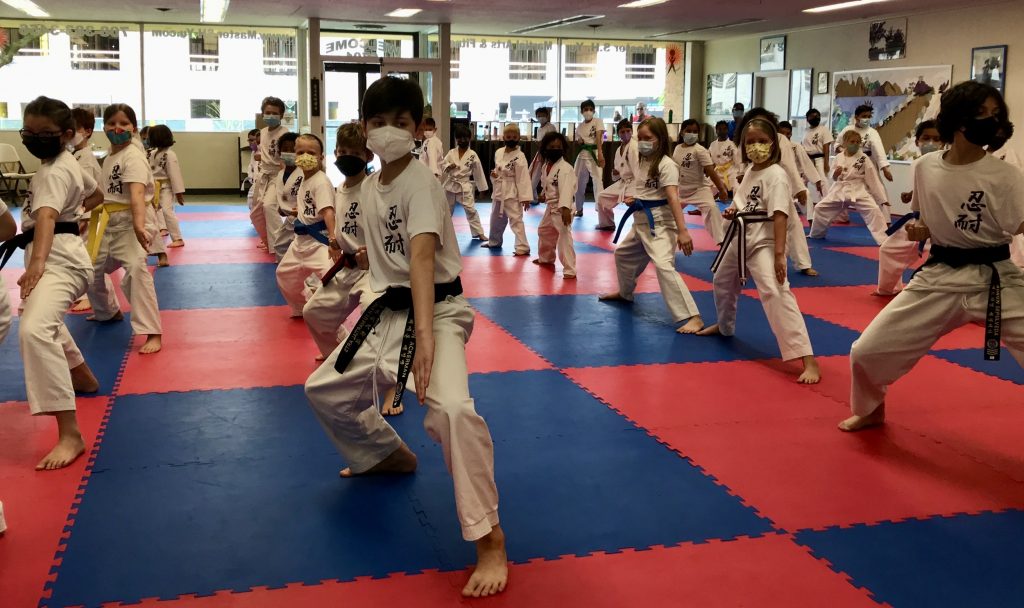
When do martial artists bow?
Bowing in the martial arts means the martial artist is showing respect and acknowledging the other individual. Nearly all martial artists bow to their teachers, seniors, and fellow students. The two individuals usually stand when bowing, which occurs before a joint exercise, such as sparring.
While bows indicate the start or end of sparring or competitions, they are also used when entering or leaving the martial arts practice room. Although bowing seems like a combat technique when used in these scenarios, it is rather viewed as a form of culture and philosophy.
As mentioned, when a martial artist enters the practice room, he bows toward the front, where pictures of the founders of a martial arts system are kept. Upon the initial bow, the martial artist must wait at the front door until the teacher or fellow students invite him inside.
While bowing and politely waiting for the invitation to enter ensure that the martial artists in practice are not disturbed, they serve a dual purpose. Martial artists often utilize weapons. By bowing and waiting until the distractions are cleared, the individual protects himself from injury.
How many times do martial artists bow?
In the Japanese martial arts, three bows are performed by the martial artist. The first bow is toward the “shomen,” the focal point at the front of the martial arts facility. The second bow is toward the “sensei” or teacher, and the third bow is toward fellow students, “otogai.”
Two additional bows are carried out in some martial arts disciplines. These two bows are made toward the spirits and toward all the master teachers who came before the martial artist. This latter bow shows respect to all the teachers who passed down their knowledge to the present generation.
Some martial arts students disagree about bowing to a spirit. Instead of bowing toward the spirit, the martial artist can change his thinking and bow toward nature. It is necessary to show respect to the environment in which the valuable martial arts training is taking place.
What are the different forms of bowing?
Bowing can be done properly and improperly. Two bows of importance include the standing bow and the seated bow. The former is performed with the hands loosely hanging in front of the thighs. The head remains level and in alignment with the spine. The martial artist bends at the hip.
In Chinese martial arts, the standing bow is accompanied with the hands in front of the chest, the palm of the left hand covering the closed fist of the right hand. The closed right fist means fighting. The left hand covering the right one signifies the desire for peace.
The seated bow is actually done while kneeling. The martial artist places his hands on the floor while lowering his head. Performing the seated bow comes with plenty of questions: are posture and balance correct? Does the bow leave any openings that can be exploited by the enemy?
Martial Arts with Master S.H. Yu Martial Arts
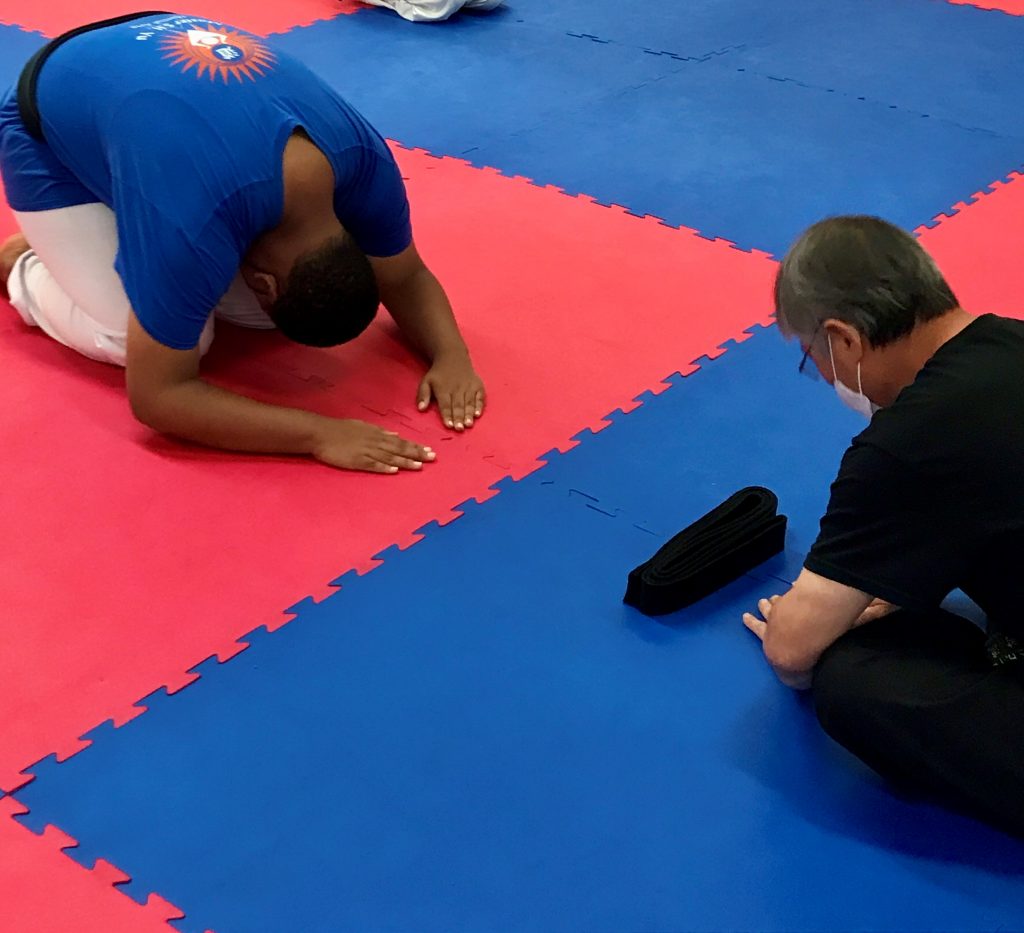 Bowing in the martial arts shows respect, whether it is toward a teacher, fellow students, or the martial arts environment. When you take classes at Master S.H. Yu Martial Arts, you not only acquire martial arts techniques, but you learn how to deeply respect the individuals around you.
Bowing in the martial arts shows respect, whether it is toward a teacher, fellow students, or the martial arts environment. When you take classes at Master S.H. Yu Martial Arts, you not only acquire martial arts techniques, but you learn how to deeply respect the individuals around you.
Training at our martial arts school gives you the confidence you need. We offer a range of martial arts classes, from our 12-week martial arts self-defense program to our private martial arts lessons. Whether you choose to learn in a group setting or a private one, your techniques will improve.
Master S.H. Yu Martial Arts provides instruction in the traditional martial arts. Students have the opportunity to learn a variety of disciplines. Our world-class instructors teach Tae Kwon Do, Hapkido, Judo and Kumdo (the martial arts discipline that focuses on swordsmanship).
When you learn Kumdo, you will gain respect for the might of the sword. Students who prefer training in other disciplines will gain respect for their fellow students and teachers and fulfill their potential. Our program is led by the internationally recognized and world-class martial artist, Supreme GrandMaster Yu.
Choose Master S.H. Yu Martial Arts when you are ready to start martial arts training. We provide daily, flexible classes to students of all ages, from children through adult. Visit our martial arts school in Oak Park, Illinois, to see firsthand how lessons can improve your health and confidence.
